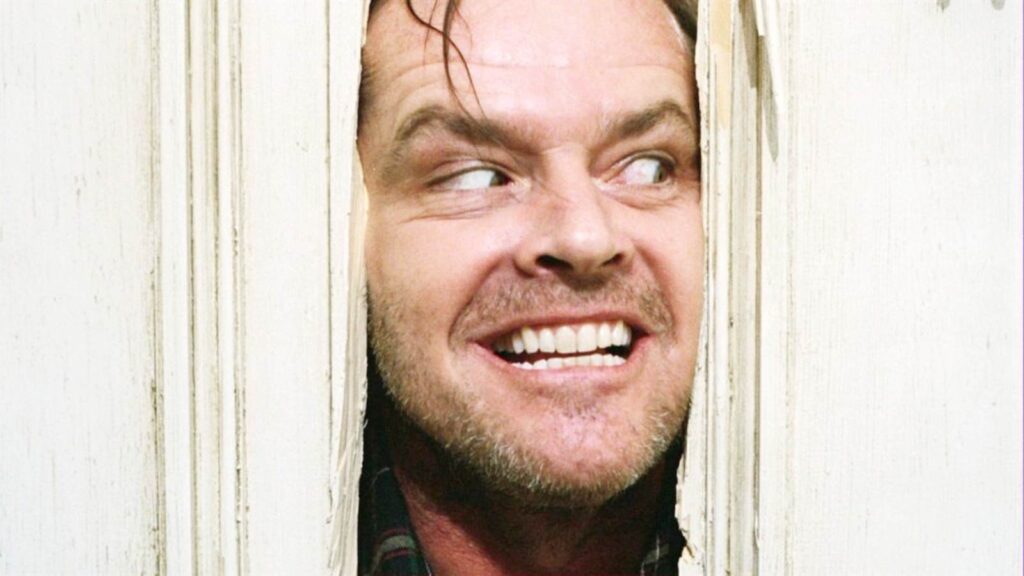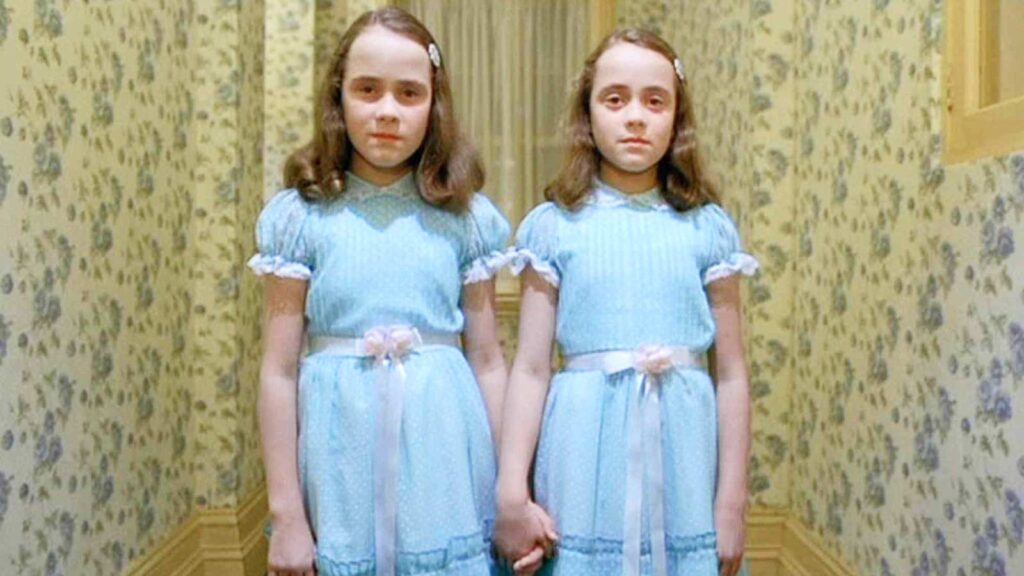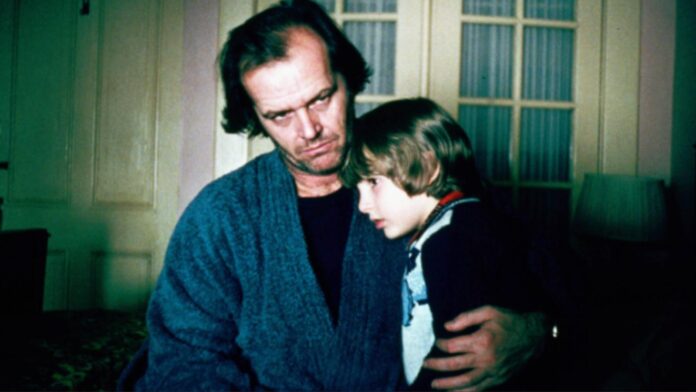If you’ve ever watched ‘The Shining’ and found yourself scratching your head at the ending, you’re not alone. This horror classic, directed by Stanley Kubrick and based on Stephen King‘s novel, is famous for its eerie atmosphere and mind-boggling finale.
The movie wraps up with a creepy shot: a 1921 photograph showing a younger Jack at a Fourth of July party at the Overlook Hotel. This raises all sorts of questions. Was Jack always part of the hotel? Is he a reincarnation or just another victim? Kubrick leaves it up to us to figure it out. So, what on earth happens at the end of ‘The Shining’? Let’s decode this mystery.
Related: Where Was ‘The Shining’ Filmed?
What Really Happens At The End Of ‘The Shining’?

There are plenty of theories about the ending of the horror film ‘The Shining‘. One popular idea is that the Overlook Hotel is a supernatural trap that snags the souls of those it drives mad. Jack showing up in the 1921 photo suggests he’s now part of the hotel’s haunted history. Another theory says Jack is a reincarnation, destined to repeat his violent rampage, which is further confirmed by the film’s director.
This iconic line highlights Jack’s descent into madness, driven by isolation and obsession—key themes in the film. In the final moments of the film’s narrative, Jack Torrance (Jack Nicholson at his most unhinged) is completely off his rocker, thanks to the Overlook Hotel’s evil influence.
He chases his son, Danny, through a hedge maze, but Danny outsmarts him and reunites with his mom, Wendy. Jack, not so sharp, ends up freezing to death in the maze. The most puzzling part of ‘The Shining‘s ending is its final shot with a 1921 photograph showing Jack Torrance among other guests in the hotel’s ballroom. The scene sparked numerous interpretations, with one of the most popular being that it signifies the hotel “absorbing” Jack’s soul.
While the theory holds water, Stanley Kubrick himself suggested a different interpretation. He confirmed that the photo implies Jack is a reincarnation of an earlier hotel official. The theory gains traction when revisiting his conversation with Grady in the bathroom, when the butler tells Jack that he has “always been the caretaker.”
The notion suggests that the ghost is Delbert Grady, while the past caretaker was Charles Grady. Jack’s claim of recognizing Delbert from a newspaper also supports the idea that he is the reincarnation of Charles Grady.
In Case You Missed: Is ‘Longlegs’ Based On A True Story? Inspiration Behind The Spine-Chilling Horror Film
Stanley Kubrick Brings Heavy Symbolism To The Screen Through ‘The Shining’

Stanley Kubrick’s use of symbolism in ‘The Shining‘ is on point. The hedge maze represents Jack’s twisted mind, while the photograph hints at the hotel’s never-ending evil. The chilling final image suggests the hotel’s malevolent grip stretches across time, pulling in new victims.
Kubrick’s take on the film offers a chilling layer to the story, mixing the supernatural with cyclical fate. The ending leaves audiences pondering the deeper, more sinister connections between the characters and the Overlook Hotel.
We simply can’t stop talking about ‘The Shining‘ because its finale provides so much room for interpretation. It’s a cinematic classic whether you regard it as a psychological thriller about a man’s mental collapse or as a supernatural horror.
You Might Also Like To Read:





